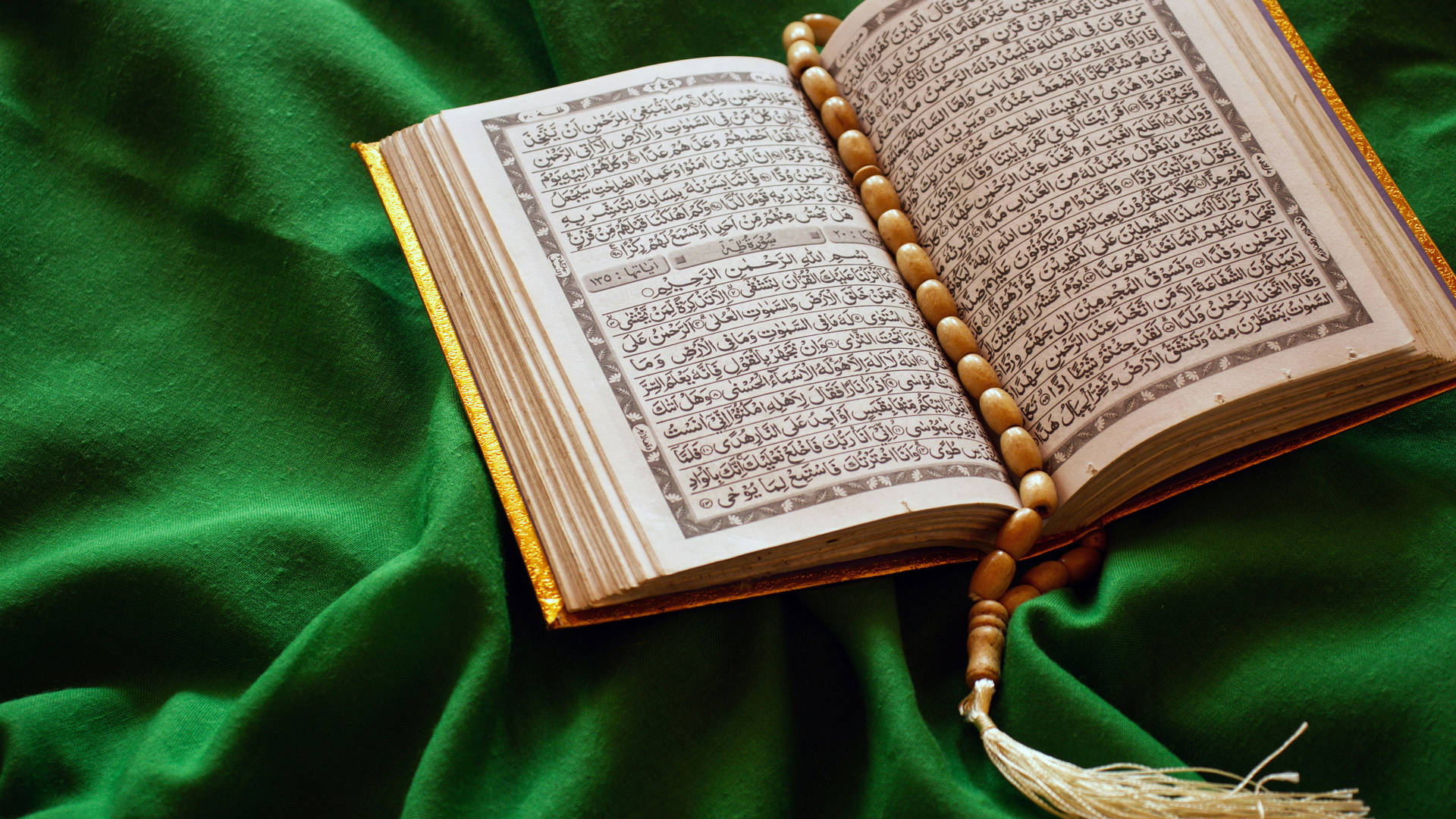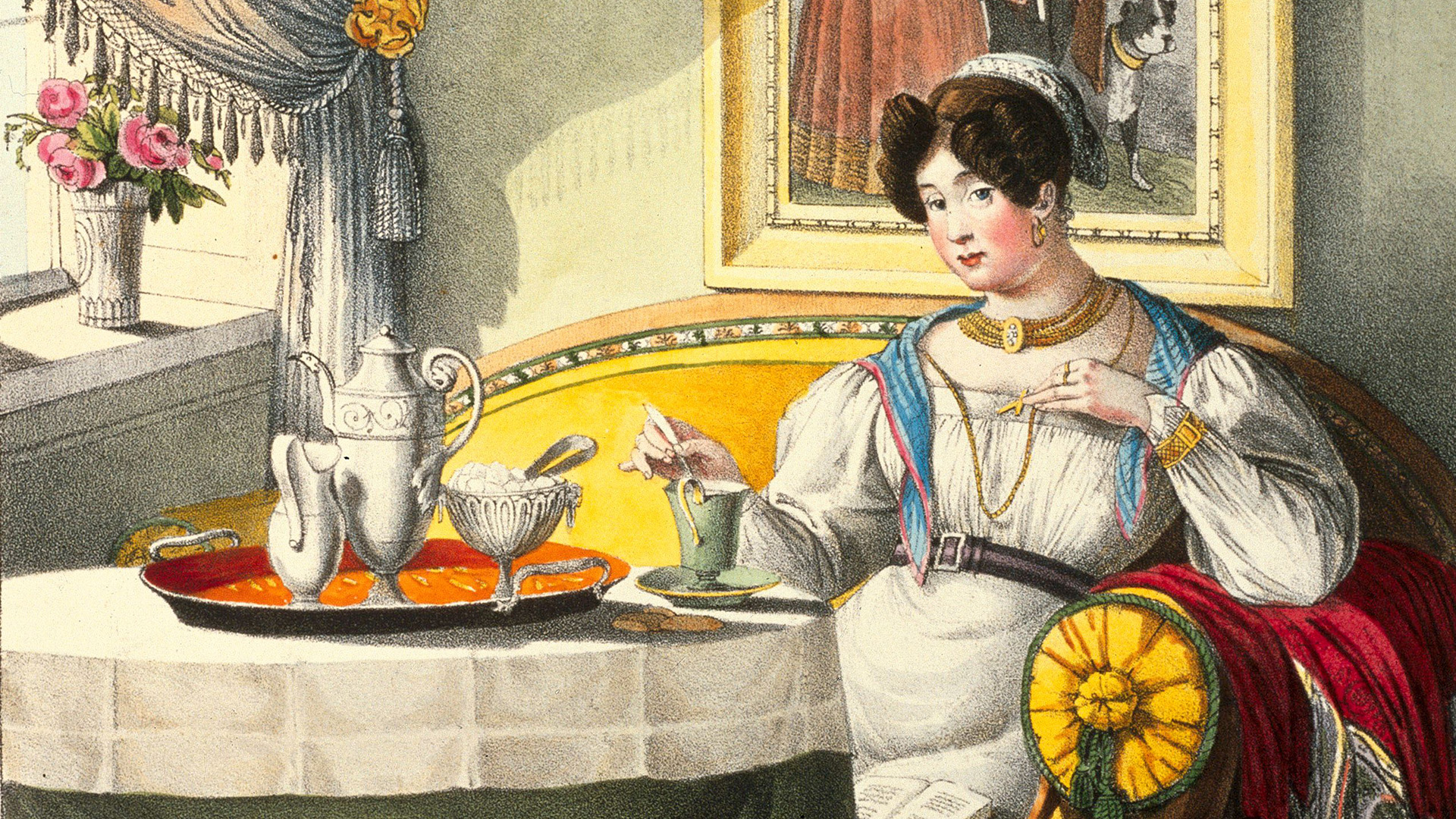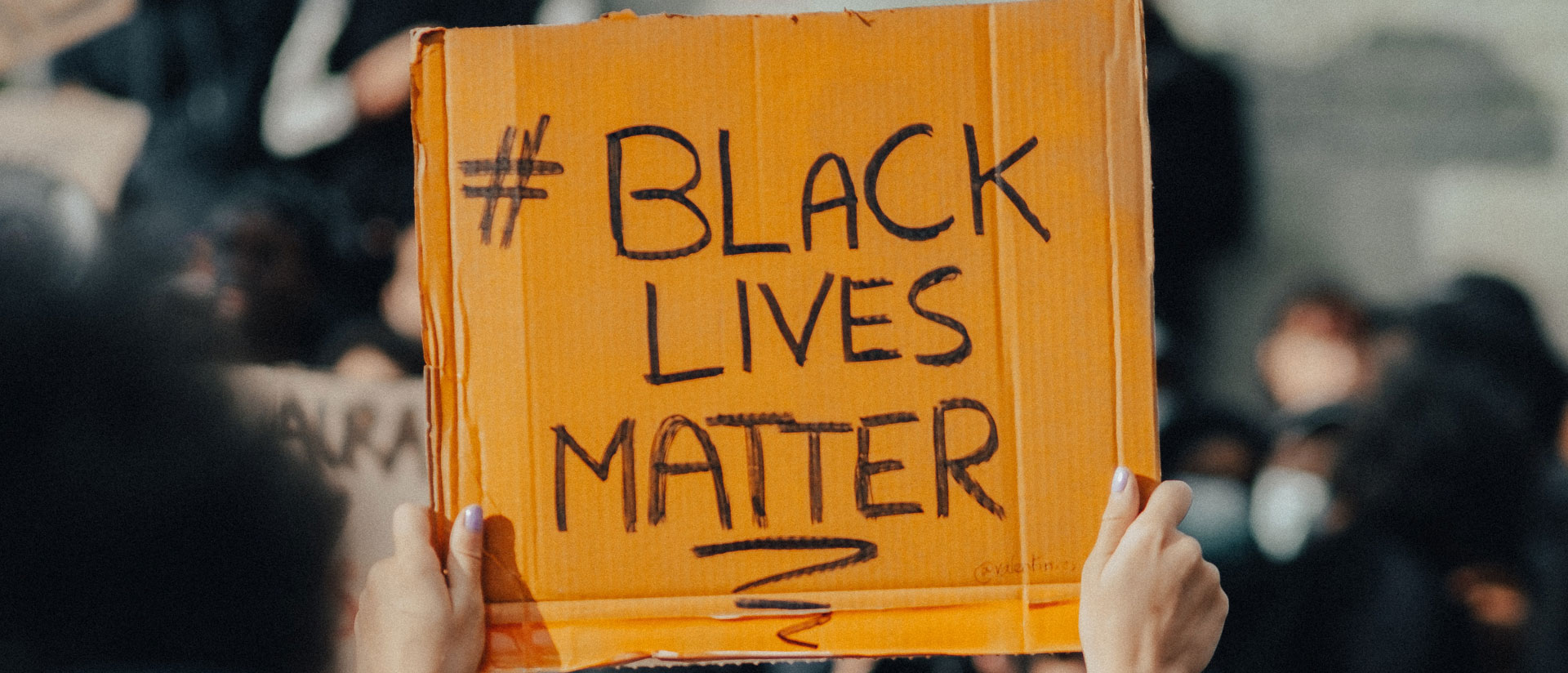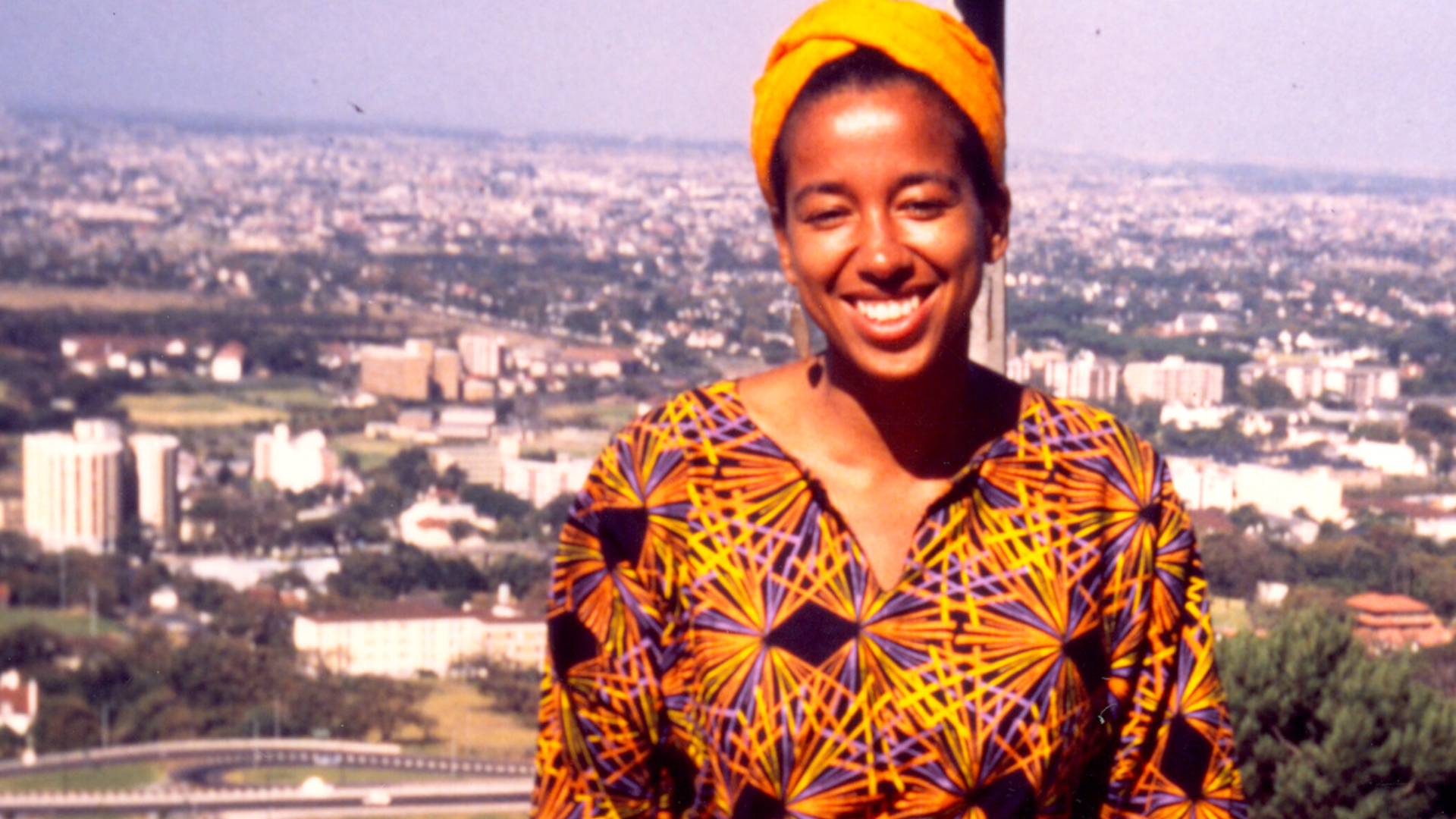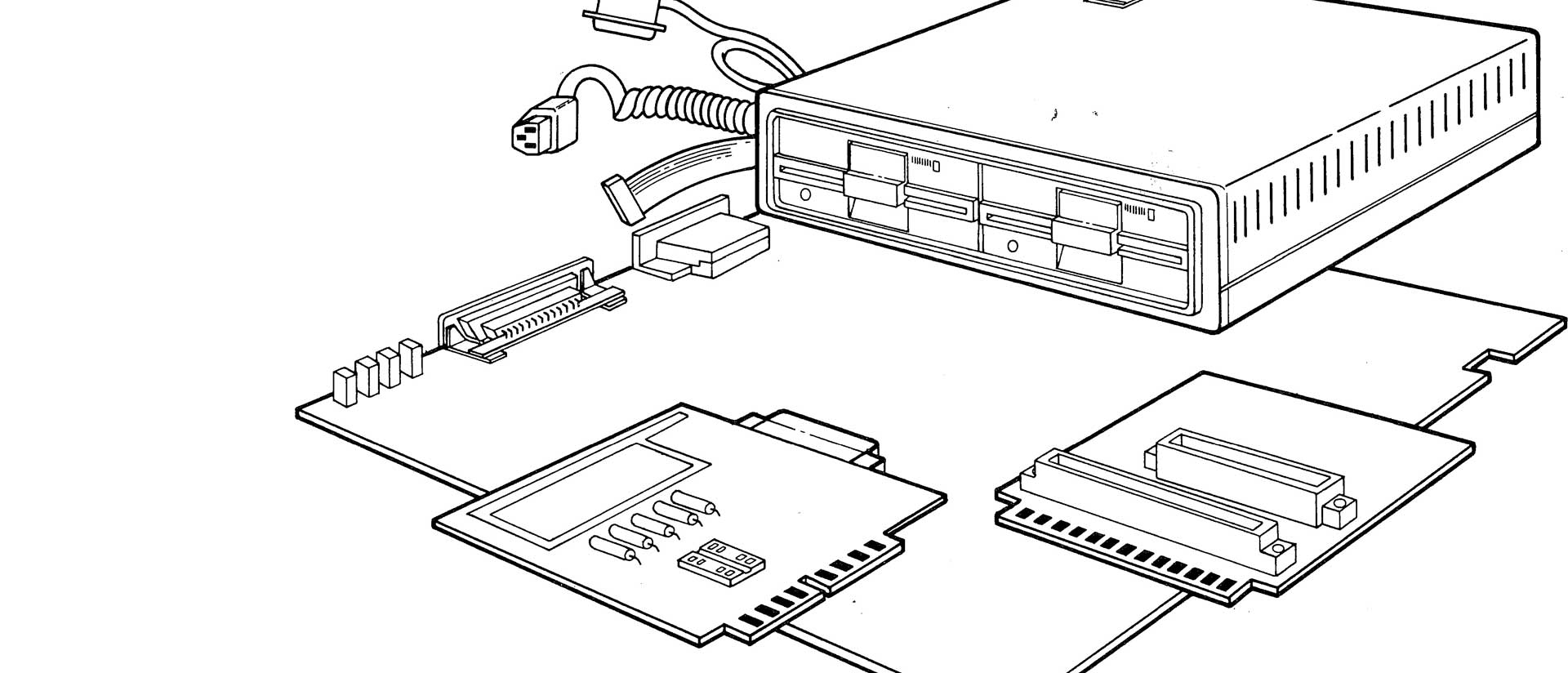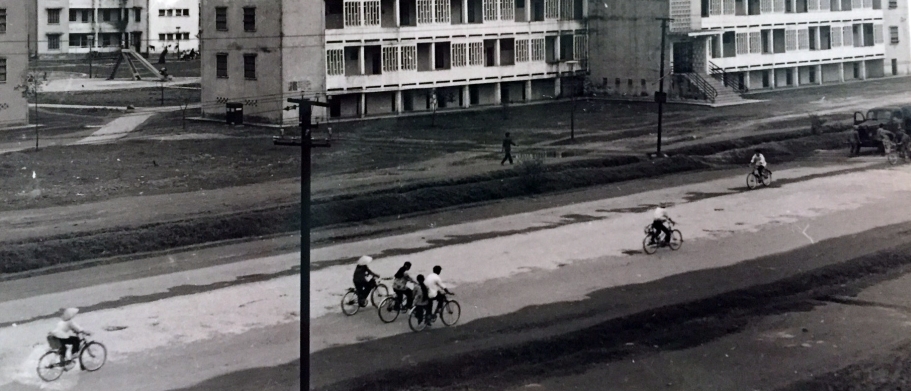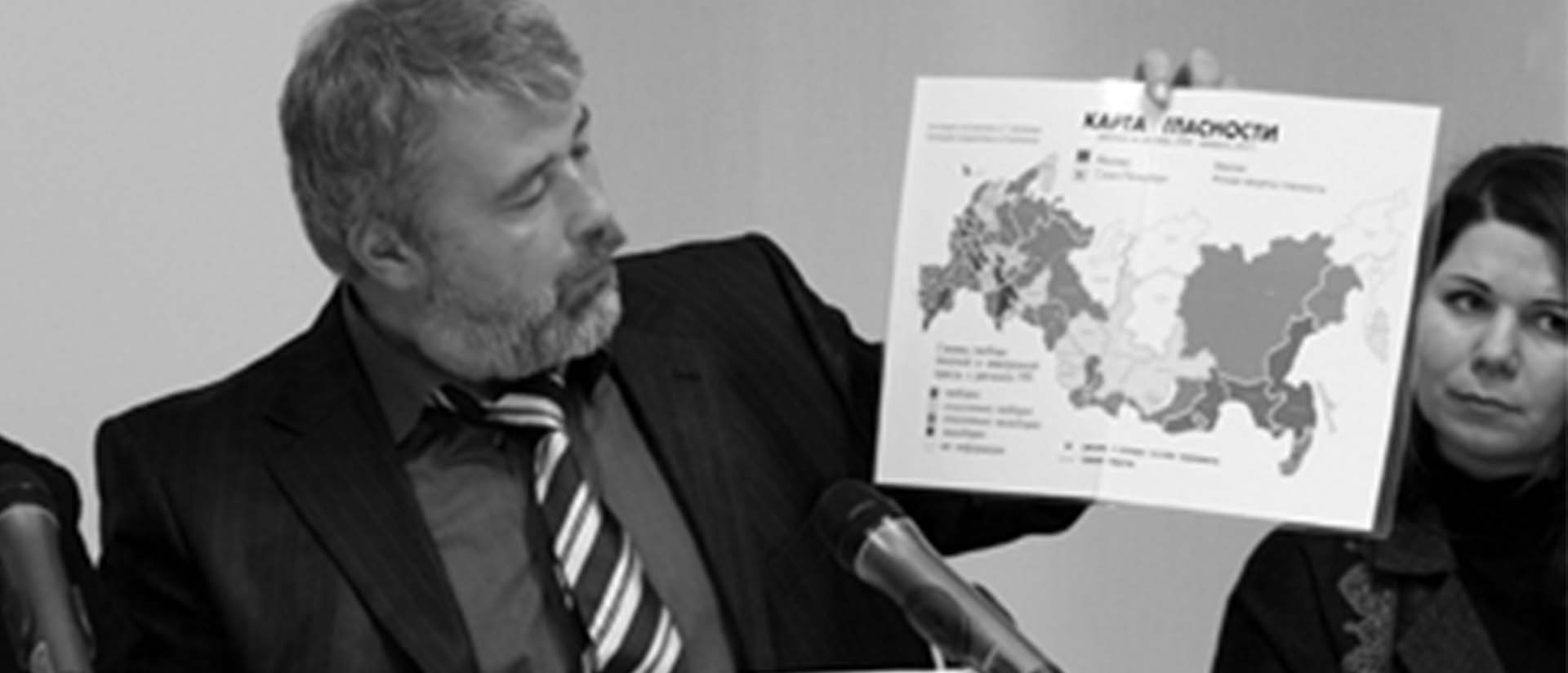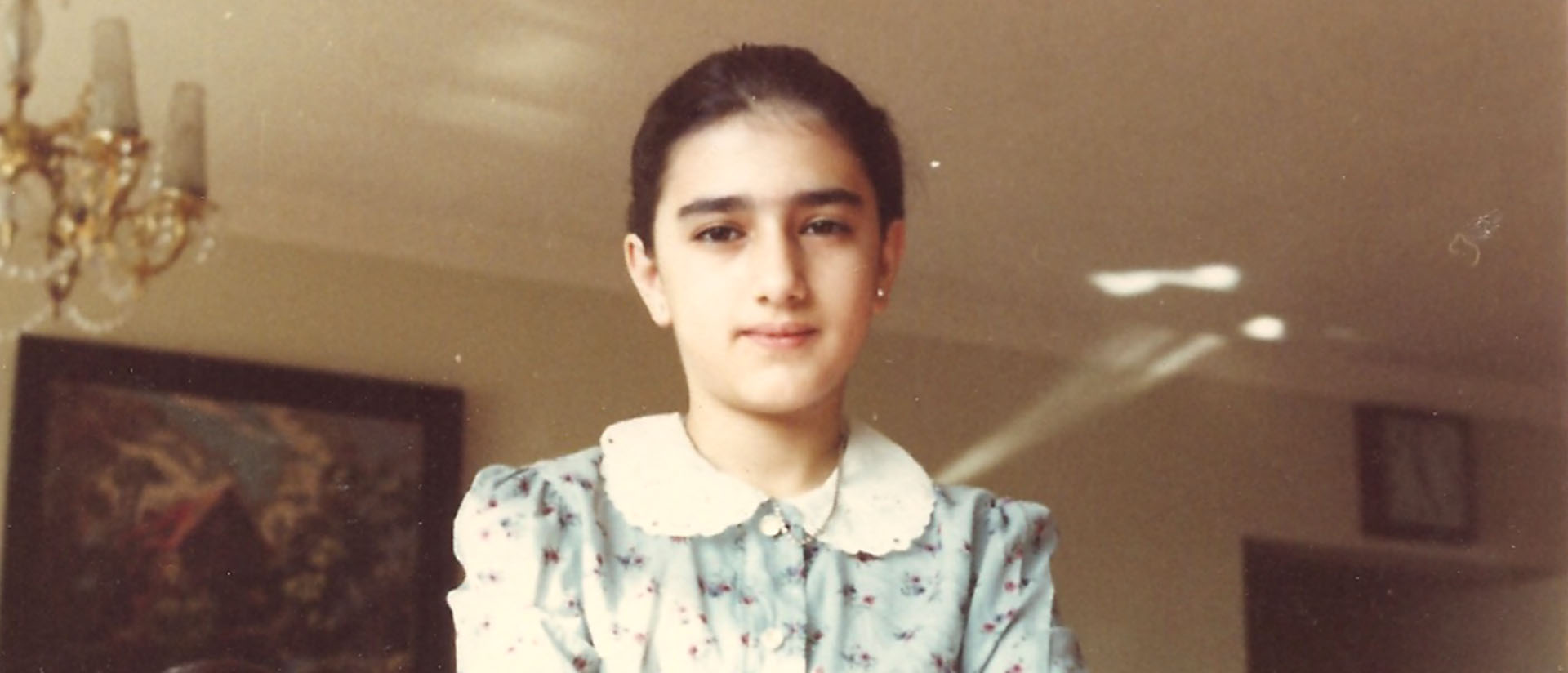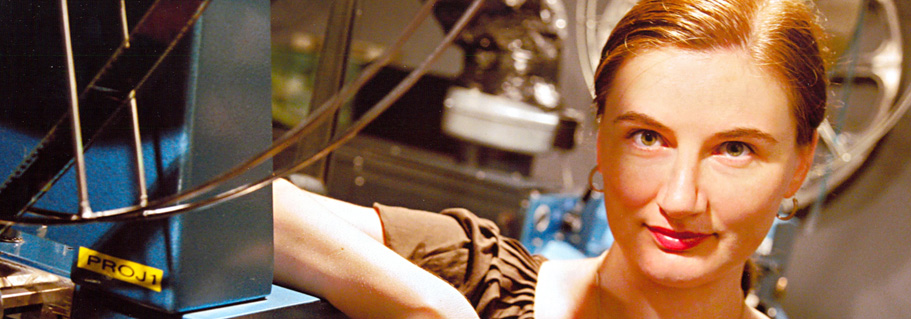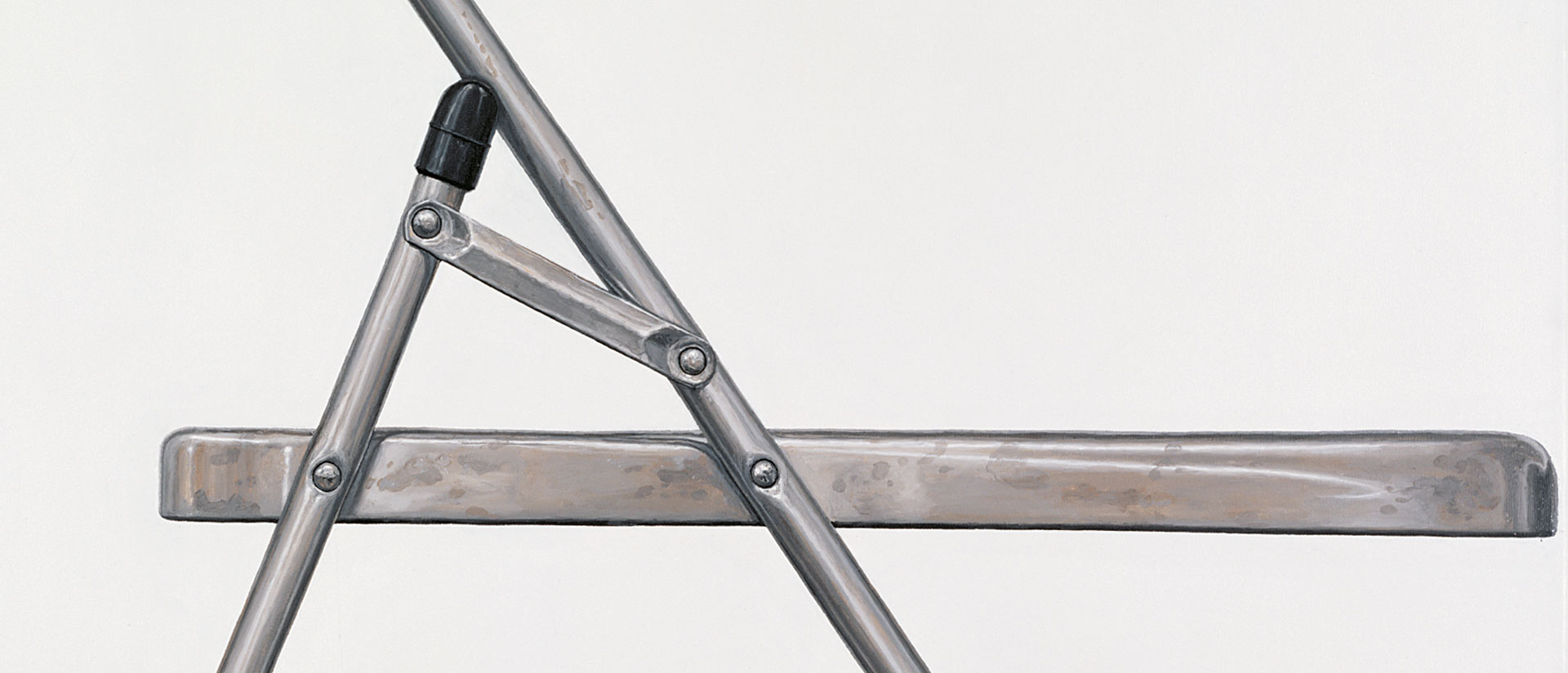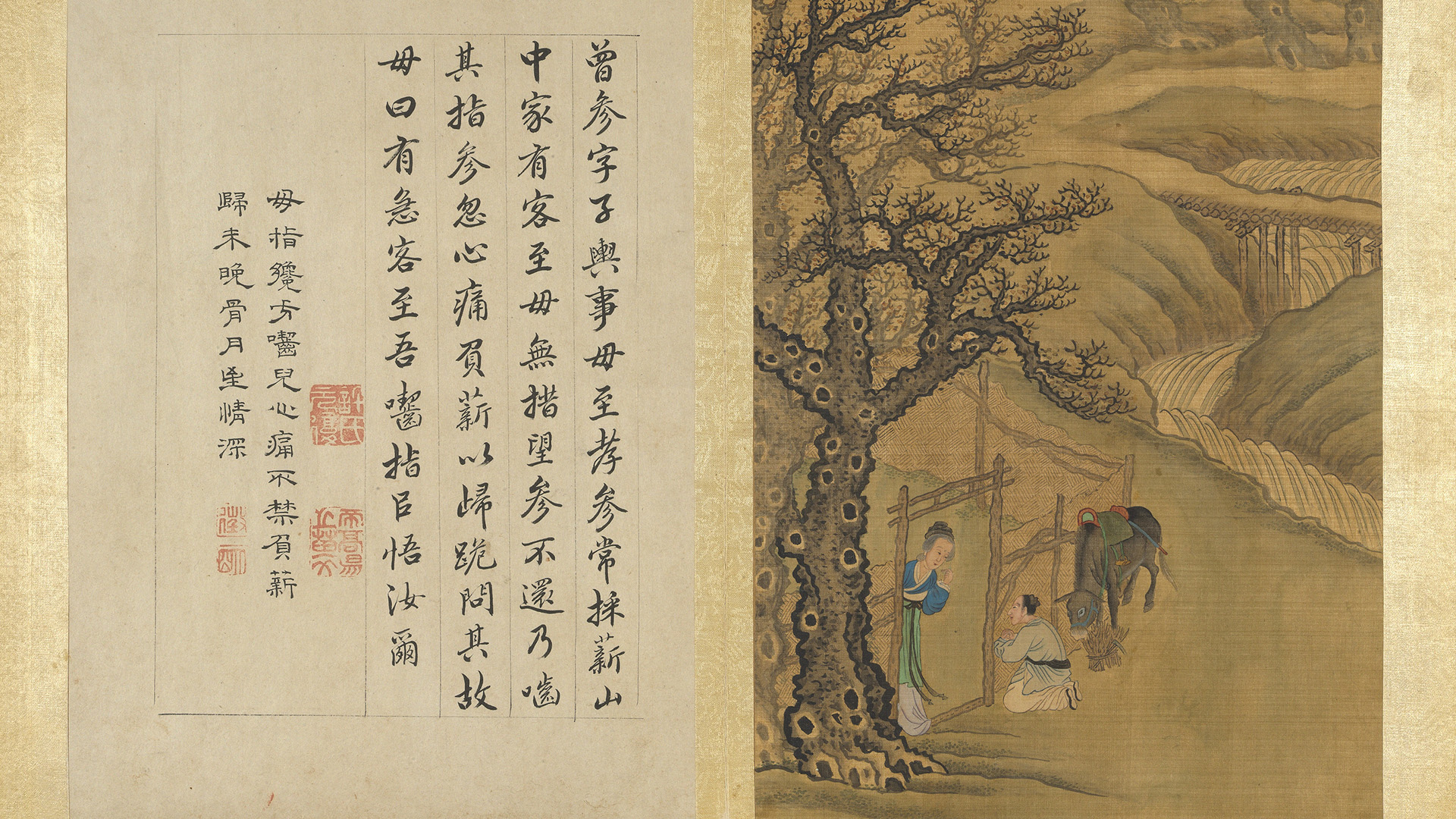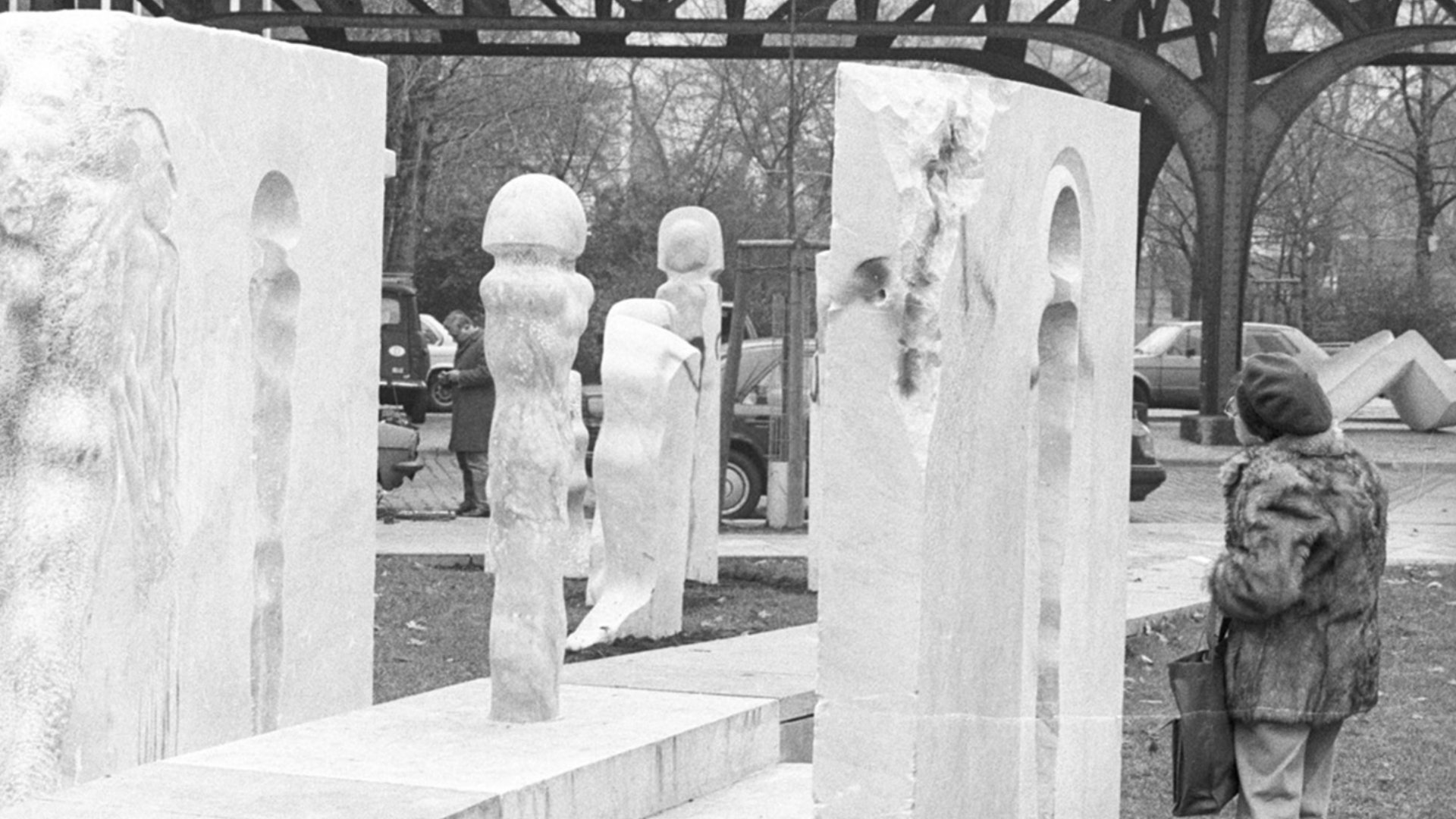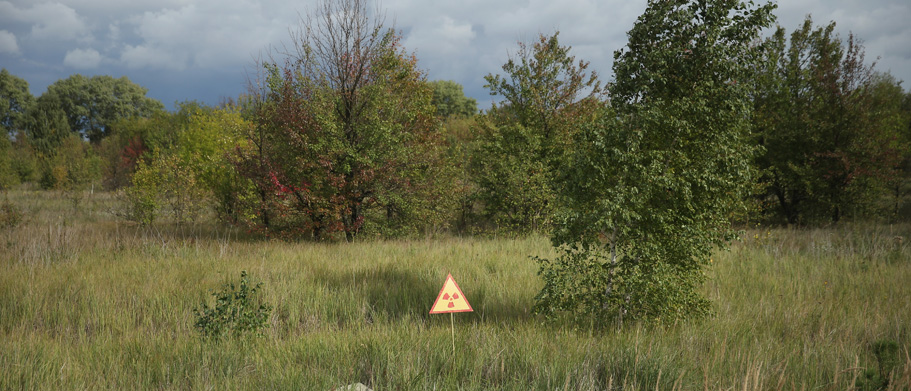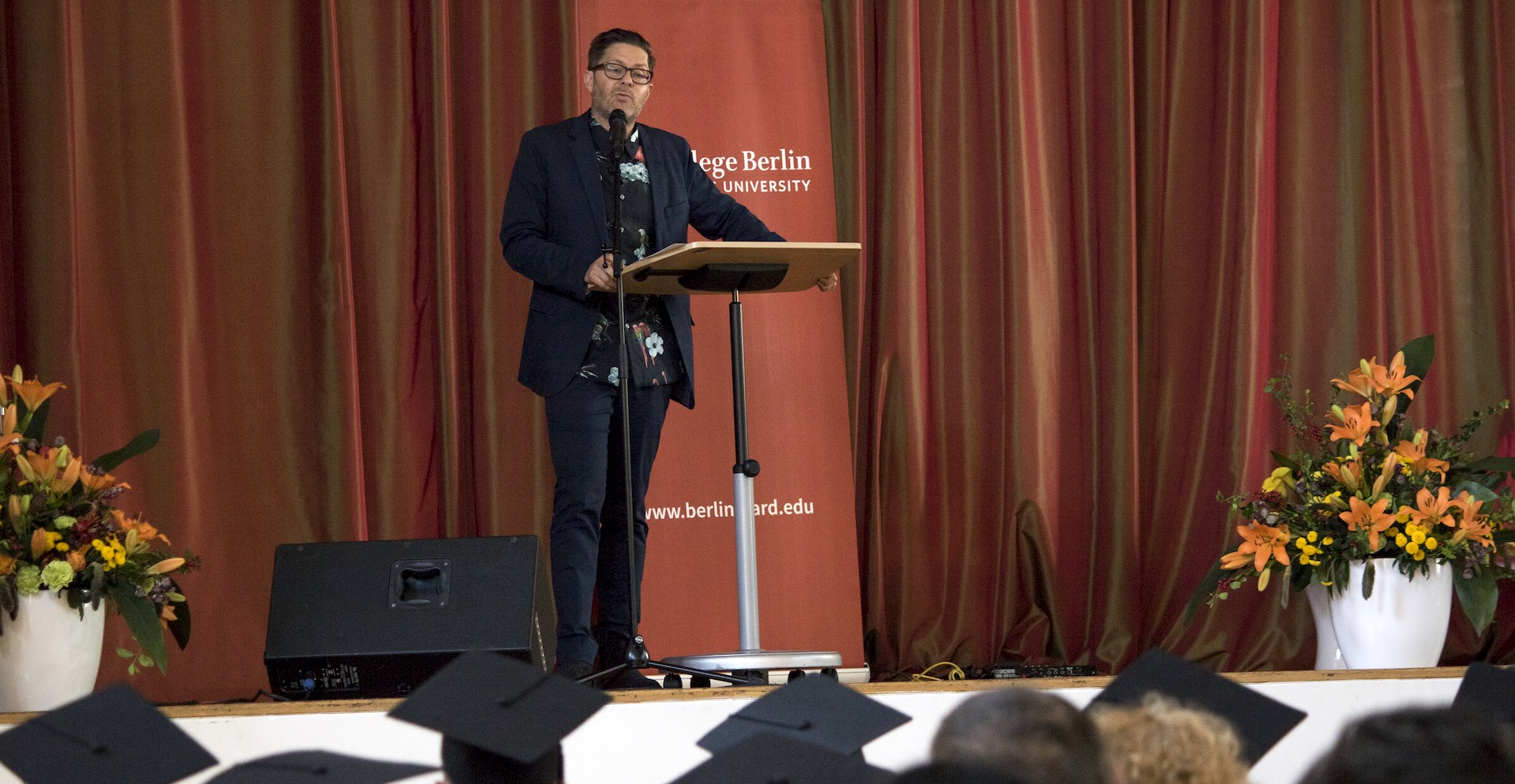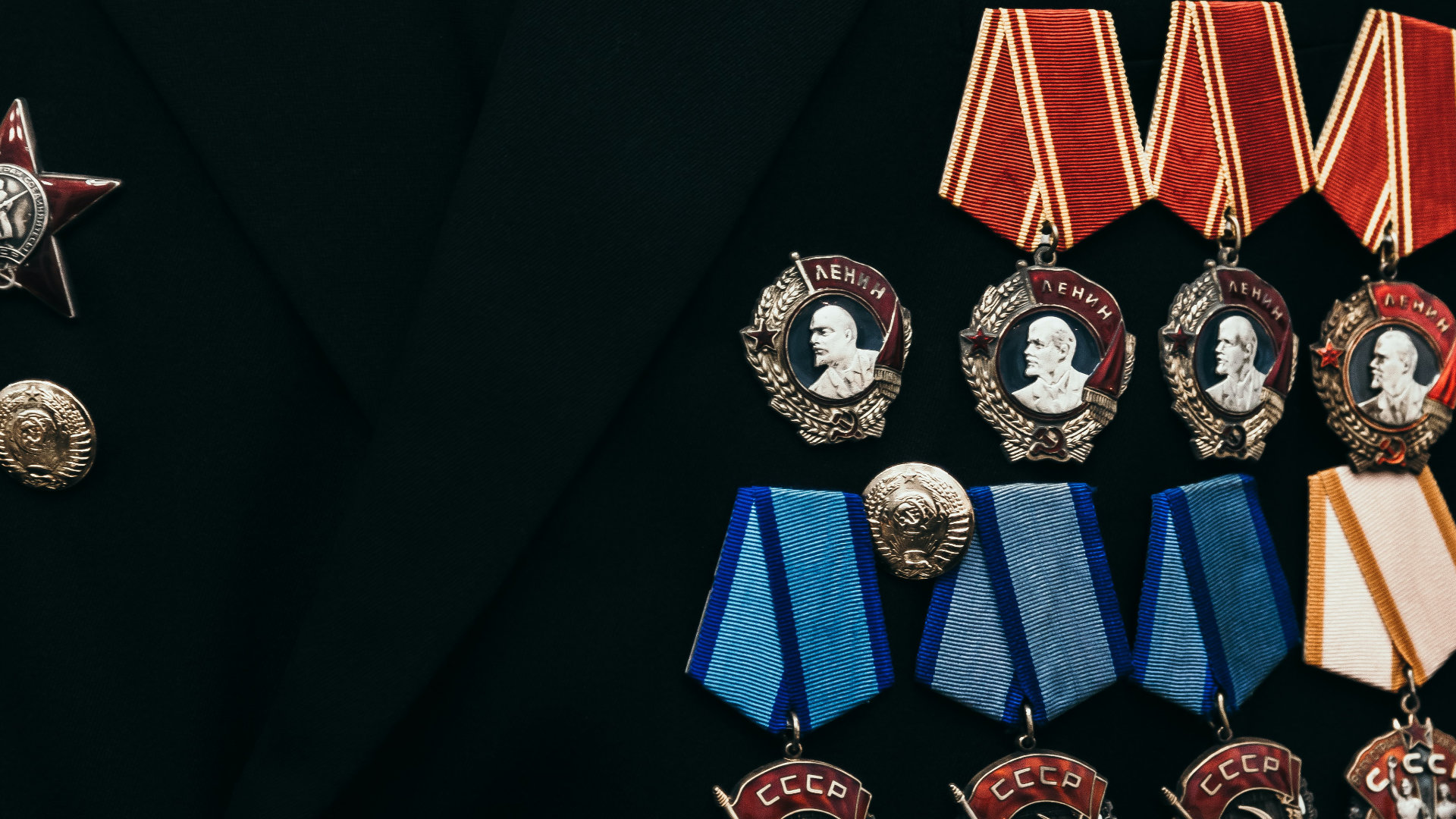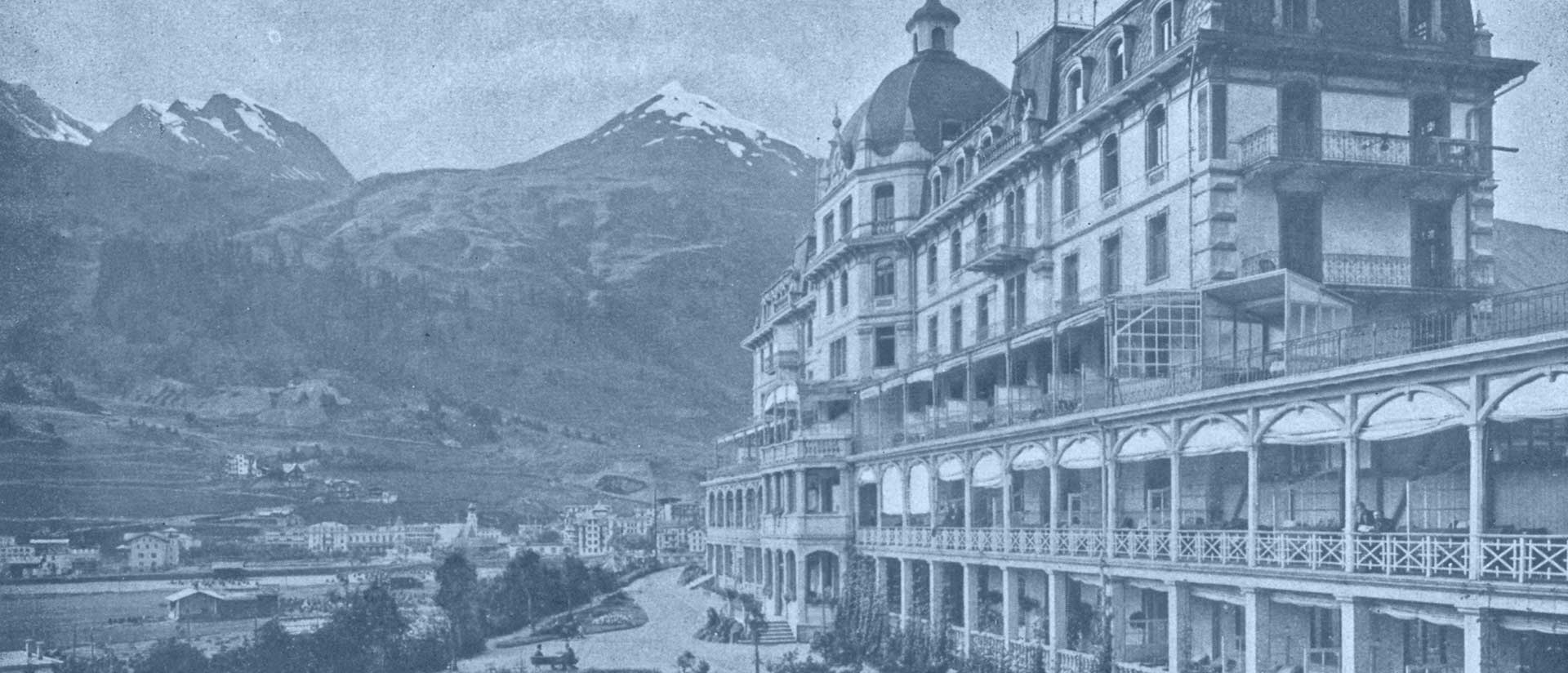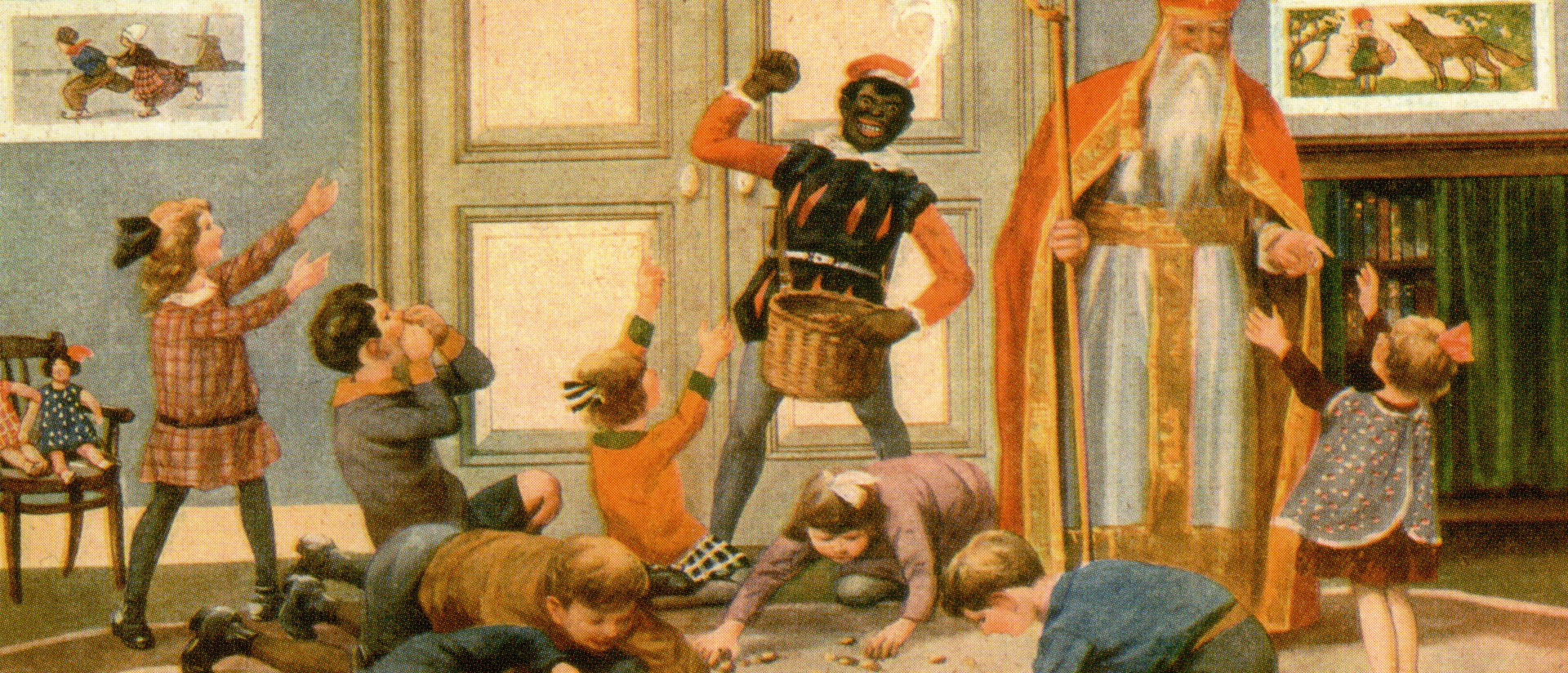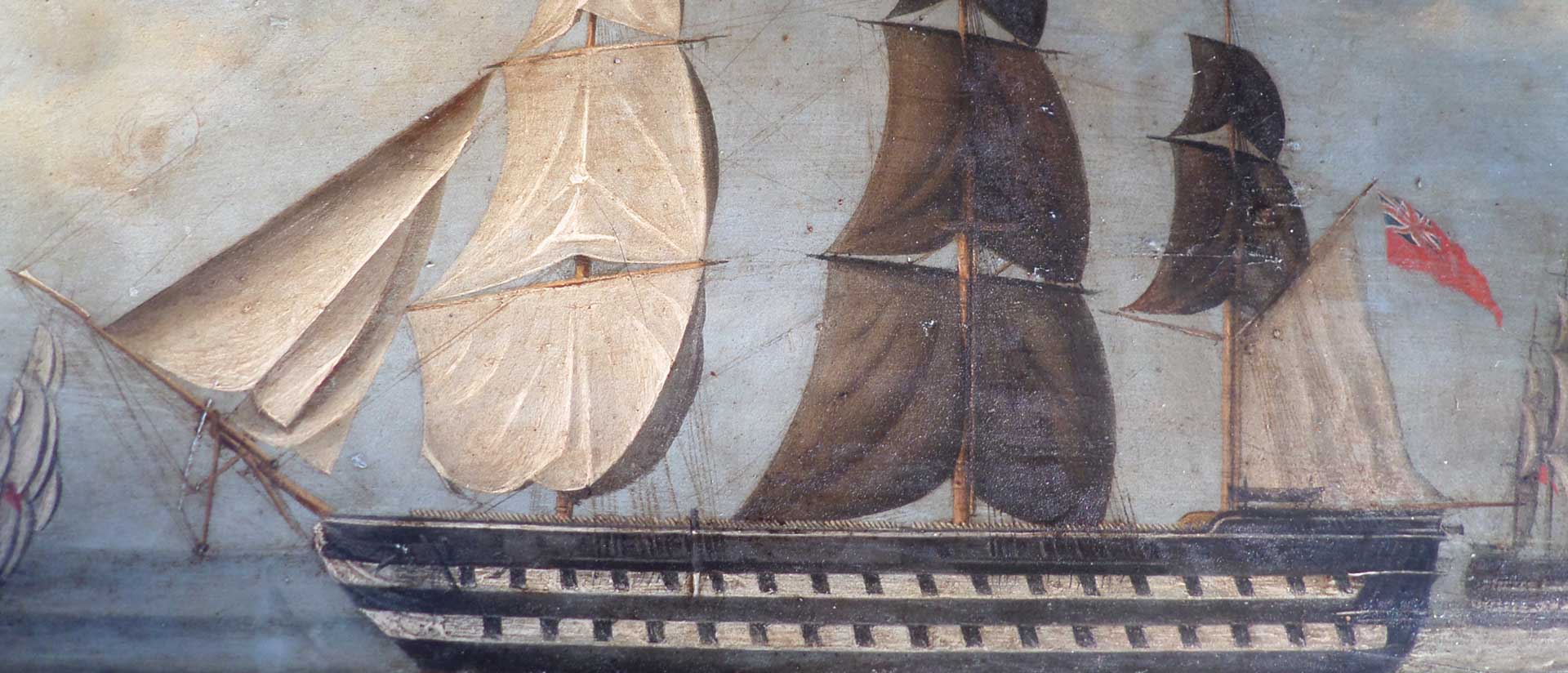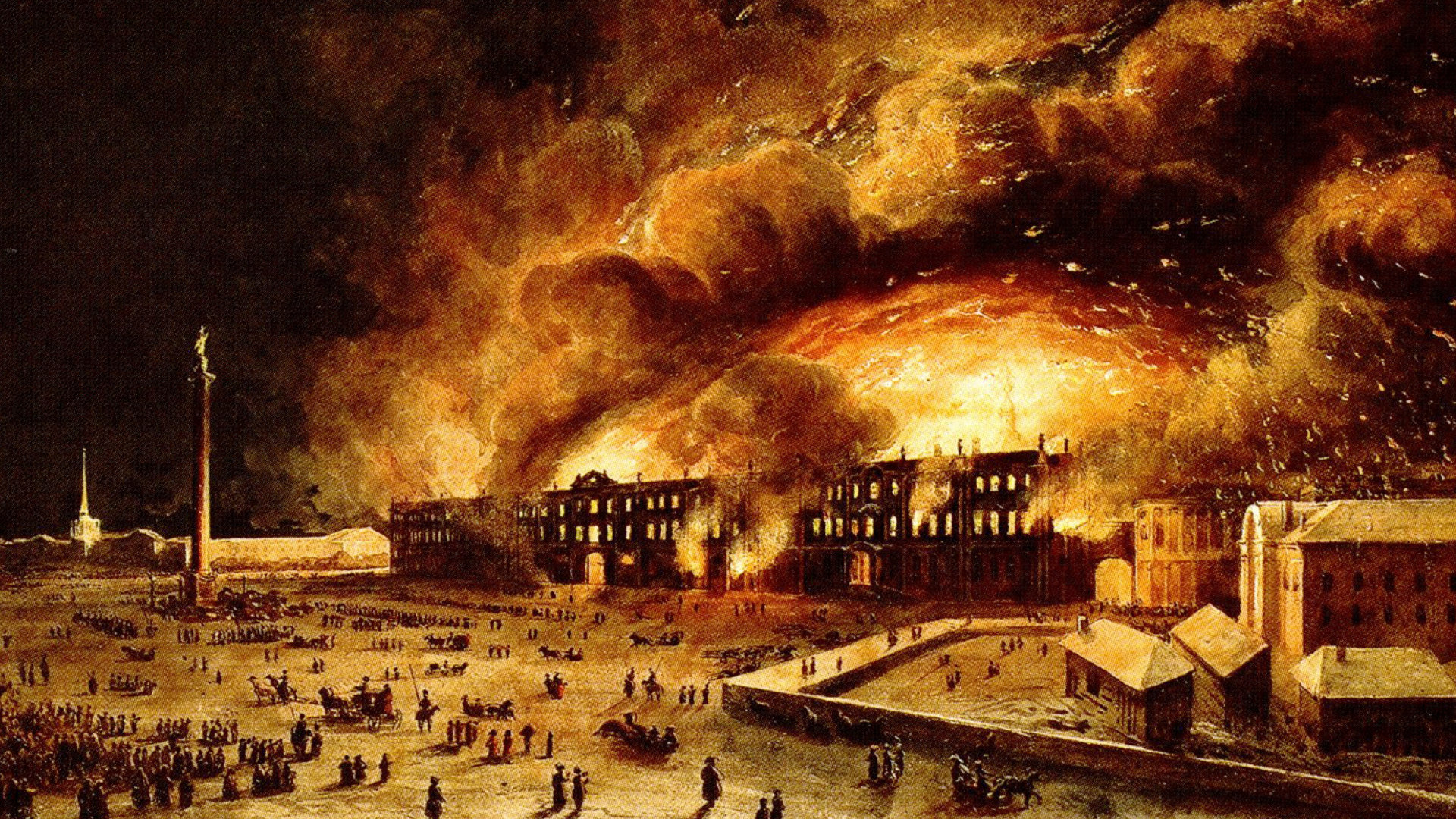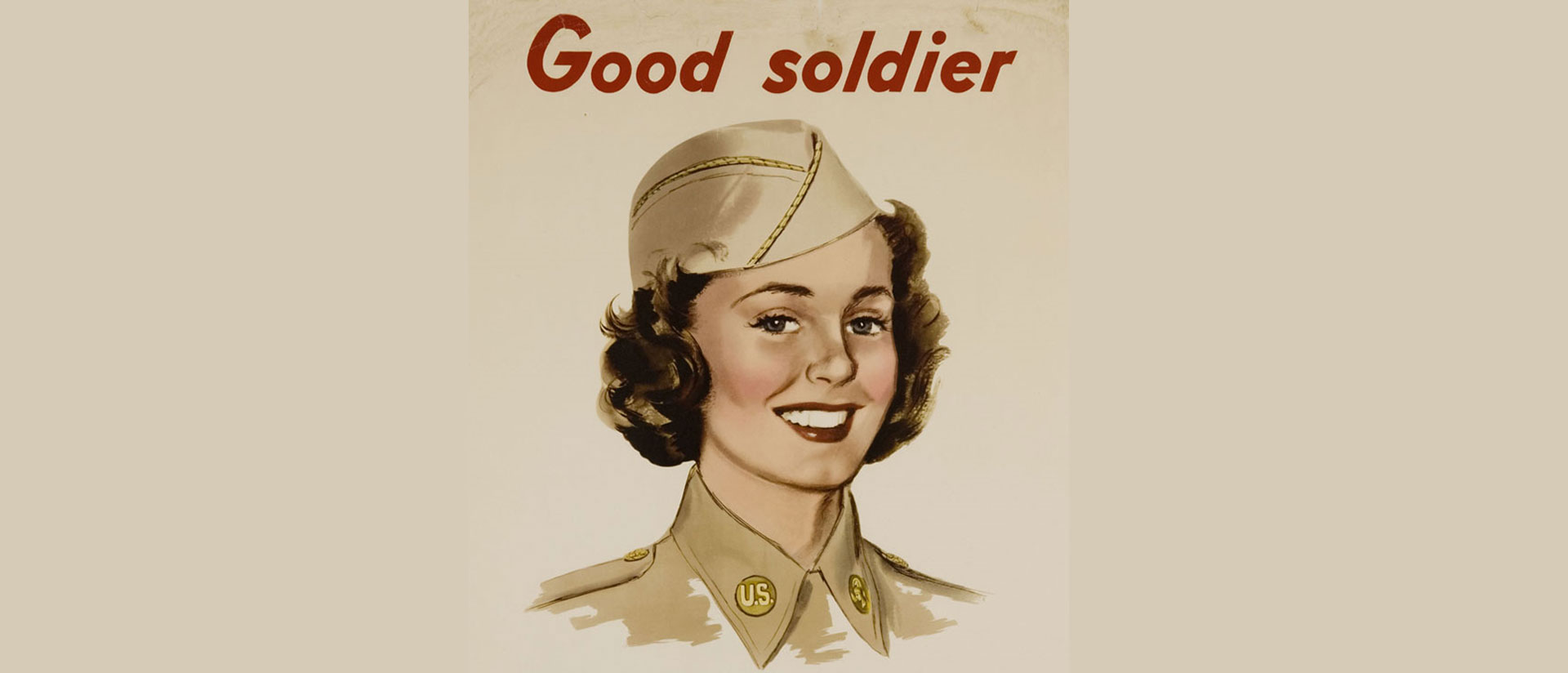
Good Soldiers?
Women and the military in World War II
by Karen Hagemann
“War Drama Stirs up Germany,” read the title page of the tabloid BILD following the TV broadcast of the three-part series Unsere Mütter—Unsere Väter, in March 2013. More than seven million Germans, 20 percent of the total TV audience, watched the primetime series, on the channel ZDF. Titled in English Generation War, the series portrays World War II in Germany and Eastern Europe and examines the atrocities committed by the German Wehrmacht and its role in the Holocaust.
For German television viewers, the Emmy-winning series seems to have been quite stirring indeed. It questioned the myth of the unsullied Wehrmacht soldiers and demanded that viewers reflect upon their own family history. It asked who knew what, who was involved, and in which ways. In the subsequent contentious media discussion, film critics, journalists, and historians criticized many aspects of the series as not radical enough or too stereotypical. But there was one aspect that went unnoticed: the series reiterated old stereotypes about the World War II gender order.
German women in Generation War are presented only as caring nurses, worried soldiers’ mothers, Nazi mistresses, or victims of Nazi persecution. Counter-images were a female Red Army officer and a Polish girl who joins the partisan movement. The series ignored the fact that women in the Third Reich supported World War II quite actively—and far beyond war-time nursing work—through extensive deployment in the wartime economy, where they increasingly replaced conscripted men as the conflict progressed, as well as through their integration into civil aerial-defense and the military. Generation War does not even hint at the fact that roughly every twentieth soldier in the Wehrmacht was a female auxiliary and that many of them served in the East.
The same blind spots exist in recent TV shows about the two World Wars produced in the former Allied countries. They show women working on the homefront, as in the BBC series Land Girls (2009), about the British Women’s Land Army, or the Canadian series Bomb Girls (2012), which told the stories of women working in a munitions factory. They also portray women as military nurses, as in the new Australian series Anzac Girls (2014). Movies too tend to present women primarily as suffering war victims, like in the German drama A Woman in Berlin (2008), or as soldiers’ mothers and wives, working girls, and military nurses, like in the Canadian movie The War Bride (2001), the British production Housewife, 49 (2006), and Atonement (2007). At best, women feature as heroines of the resistance, as in the French film Female Agents (2008), or as members of the intelligence corps, as in the recent British movie The Imitation Game (2014).
Oddly enough, most mainstream historians seem to agree with such public recollections. In the majority of monographs and textbooks on World Wars I and II published in recent years, women are rarely portrayed as active supporters of the wars, beyond their work in war industries and wartime nursing. This omission is all the more remarkable because today we can look back on nearly three decades of research on gender, the military, and war—and one of the most studied periods is the era of the two World Wars. Why did contemporaries and later generations alike find it such a challenge to recognize the increasingly active participation of women in these wars as auxiliaries and soldiers?
Why did contemporaries and later generations alike find it such a challenge to recognize the increasingly active participation of women in these wars as auxiliaries and soldiers?
To answer this question, we need a comparative perspective that goes beyond “women’s military history.” We need a gender perspective that defines “gender” as a context-specific and relational concept and deploys it as both subject and method. Only then can we understand the importance of the military and combat for the gender order, and the influence of gender images and relations on military and war. Furthermore, we need to place the execution and experience of violence, the human “power to injure” and “vulnerability to injury,” at the core of the study of war. Only with such an approach we can understand why female auxiliaries, soldiers, and partisans—despite their relatively small numbers—caused astonishingly similar gender trouble during and after World War II, in states and regions with very divergent economic, social, and political systems.
The ability and the right to exercise organized armed violence have been defined as “masculine” since antiquity. Since the wars of the American and French Revolutions, the “power to injure” has been associated even more universally as “male,” and the “vulnerability to injury” as “female.” In the imagined gender order of nineteenth- and twentieth-century nation states, military service, and with it the male right—and, in wartime, duty—to kill on behalf of the state or another higher power, became a central marker of gender difference. Men were sent off to war as “defenders of the fatherland” to protect and preserve a “homeland” that was embodied by women. The female complement was responsibility for wartime charity and nursing. During the age of the World Wars, however, a shift occurred: combat replaced military service as the core marker.
This shift was caused by a change in warfare itself. World Wars I and II were highly industrialized “total wars,” differentiated from earlier forms of war by their peculiar intensity and reach, and by the abolition of boundaries between the front and the homeland. One far-reaching consequence of this abolition was the blurring of gender lines: civilians became a major target of warfare by mass violence, and women were increasingly needed for military support.
During World War I, the first industrialized total war, the number of women mobilized as auxiliaries—or even as soldiers, as in Russia—was still small. But all other forms of female war support—volunteering in war charities, wartime nursing, and employment in war industries—were already extensive. The scale of women’s deployment during the Second World War, however, far outstripped the First in all belligerents.
In total, Nazi Germany deployed nearly 1.4 million women during World War II, with the proportion of women in the armed forces reaching about 5 percent. Some 400,000 of them were Red Cross nurses and nurses’ aides, and more than 500,000 female Wehrmacht auxiliaries served in all war theaters in the army, navy, and air force; 160,000 of the latter served in direct combat as Flak-gun auxiliaries in anti-aircraft defense units organized by the air force. In addition, the civil Aerial Defense Organization used 500,000 female aerial-defense auxiliaries. Women also voluntarily joined the institutions of Nazi persecution, such as the SS (the Schutzstaffel, or Protection Squadron), where some 10,000 women were active.
In total, Nazi Germany deployed nearly 1.4 million women during World War II, with the proportion of women in the armed forces reaching about 5 percent.
Since its implementation in the fall of 1939, the supervision of the Wehrmacht’s women’s auxiliary corps was in the hands of the NS Women’s League. With the aim of strengthening the cohesion in the corps, and obliging auxiliaries to maintain “unblemished” conduct appropriate to the “reputation of German womanhood,” they lived, when possible, together in communal apartments outside the barracks and wore uniforms. Half of all female Wehrmacht auxiliaries volunteered. Not before the summer of 1941, when losses increased dramatically on the Eastern Front, did conscription for the Wartime Auxiliary Service have to be introduced for young women aged 17 to 25. Auxiliaries first had to serve only for twelve months, but their service time was gradually extended. More and more women replaced male and staff sergeants in the administration of the Wehrmacht at home and behind the lines, as well as in the aircraft, aerial defense, mechanical transport, ordnance, and telephone units. In the final year of the war, their service time was indefinite, just like that of the soldiers.
The number of women deployed by the military grew among the Allies, too. In Britain, at least 625,000 women entered military service as auxiliaries and nurses and the proportion of women in the armed forces reached a high of 9 percent. The largest organization by far was the Commonwealth-wide Auxiliary Territorial Service with 220,000 women enrolled. It was founded already in September 1938 as a revival of the Women’s Army Auxiliary Corps of World War I. In addition, 180,000 women joined the Women’s Royal Naval Service. Fewer women signed up for the Women’s Auxiliary Air Force, which also organized female service in mixed anti-aircraft batteries, where women were actually involved in fighting. The members of the ATS, WRNS, and WAAF wore uniforms and worked in five areas: domestic, cookery, clerical, communication, and mechanical. In April 1941, all women’s services were brought under the Army Act, which denied them the freedom to leave the service and allowed the employment of women in “operational areas.” In December 1941, the British need for manpower became so great that unmarried women ages 20 to 30 were conscripted by the National Service Act, but they could only be used in direct operational roles when they volunteered. About 50 percent of the new female recruits chose deployment in anti-aircraft defense.
The United States deployed a total of roughly 216,000 women: 150,000 as volunteer auxiliaries, of whom 20,000 served overseas, and 66,000 volunteer nurses, who were employed in all theaters of the war. Only 1 percent of the US armed forces were women. The auxiliaries were first organized in the Women’s Army Auxiliary Corps (WAAC), established in May 1942. A year later the Women’s Army Corps (ACC) was founded. It integrated women into the regular army, but in distinct women’s units. Different than the British, the American government decided not to deploy women in mixed anti-aircraft defense units despite very good test results by the army, which were not published until 1968. The political leadership feared fierce public opposition.
World War II female auxiliaries performed the same kind of jobs in the German, British, and American armies as they did during World War I, but in addition were granted access to several new positions in communication and anti-aircraft defense of an increasingly technical nature. Women replaced men even as engineers and pilots. In Britain and the United States, auxiliaries became part of army personnel and were placed under military law and discipline. In Nazi Germany, they kept the status of civil employees without military status, despite doing de facto military jobs. In legal terms, Wehrmacht auxiliaries were considered part of the “army entourage.” With this categorization, the Nazis tried to avoid the impression that they used women as soldiers. In the rhetoric of the Third Reich, armed combat was the very core of military masculinity. Accordingly, a secret communiqué from the Supreme Command of the Wehrmacht instructed the officer corps in September 1944: “The dominant principle of any deployment of women . . . must be that ‘the female soldier’ is incompatible with our National Socialist view of womanhood. As a matter of principle, women do not participate in armed combat, even when threatened with being taken prisoner.”
In the rhetoric of the Third Reich, armed combat was the very core of military masculinity.
Army leadership in all World War II countries accepted women in the military only because of dramatic losses of male personnel. This was also the case in the Soviet Union, where manpower problems were most pronounced. In total, about 2.1 million Russian women were deployed for military purposes during World War II: 520,000 served in the Red Army’s regular troops, with at least 120,000 of them fighting on the front lines; 200,000 served as combat medics; and 80,000 served as doctors in the mobile front-line hospitals. Another 300,000 women were enlisted in combat and homefront anti-aircraft formations. In addition, the Russian Red Cross trained 300,000 women as nurses and 500,000 as paramedics, who served in all regions of the Soviet Union. Many of the mostly young and single female soldiers volunteered and insisted on fighting on the frontlines. They used the ideology of “women’s equality,” which they had grown up with in the Komsomol, the communist youth organization, and pointed to their paramilitary and shooting training as further legitimation of their demands. But the recruitment of female volunteers was soon not enough. With the dramatic losses in 1942–43, the Soviet regime had to start conscripting women for the army. Roughly 3 percent of Russian army personnel were women, who mainly served in mixed units. The Stalinist state hushed up the extent of female military mobilization in public, despite its political rhetoric of “women’s emancipation.” It anticipated disapproval, if not outright resistance, in society.
Extreme manpower needs also drove female inclusion in combat positions in the partisan units fighting against Nazi occupation in Eastern, Southern, and Western Europe, where an average 10 to 15 percent of the combatants were women. Communication and intelligence services became other important female tasks, since women could move more freely in occupied territories under the guise of doing errands. Predominantly, however, women in the partisan units were used for similar assignments as in the regular armies.
A comparison of female military service in the various wartime powers reveals expected differences, but also astonishing similarities. The differences are primarily in the war aims and the political ideology used to legitimate them. The Third Reich mobilized German women for a war of conquest and annihilation. Its conduct of war was characterized by a murderous will for destruction and cannot be separated from the Holocaust. Many of the young female volunteers for auxiliary service and nursing supported the political agenda of the Nazis. They were socialized by the NS youth organization Bund Deutscher Mädel (League of German Girls), believed in the “superiority of the Aryan race,” and wanted to participate in the “German expansion.” With defeat and retreat it became more difficult to mobilize women. In an “Order on the Implementation of Total War” of November 1944, the NS state declared the “final battle.” It asked that “German women and girls do everything” in their “power to allow the soldiers . . . to devote themselves completely to service at the front.”
For the Western Allies, by contrast, World War II was a “war of defense.” They mobilized women in a struggle for liberation and liberty and used the rhetoric of patriotism. In a situation of “national emergency” women had to “serve the fatherland,” too—by freeing men in all possible ways for the frontlines and by supporting them in their struggle. The Soviet Union also used patriotic rhetoric to mobilize for the country’s defense and liberation. But here the situation was more dire because of the occupation of large parts of the country. Furthermore, the communist ideology added a specific dimension: the young generation’s vision of the “New Soviet Women” included fighting in the event of a war of defense.
In addition, the legal status and organization of women’s service for and in the military was different. Both depended mainly on the general organization of the military, but also on the extent of manpower needs. Predominant ideas about the gender order were an influential factor too, as the example of the Soviet Union demonstrates. Its official ideology of “women’s equality” allowed not only for the integration of women into combat in mixed units, but also for the acceptance of women in command functions. In the Red Army, female soldiers could be in charge of male soldiers. This was impossible in the armies of its allies and enemies.
The similarities can be seen mainly in the public discourse, especially in the cultural strategies deployed for women’s mobilization and for the retention of the gender order, as well as in the social perception. One major parallel between Germany, Britain, and the United States was the political and public rejection of female participation in combat. Laws and regulations reserved the duty and right to kill for men, and political rhetoric connected it to male citizenship rights, privilege, and power. Both the Nazis and their Western adversaries alike strongly rejected “female soldiers,” who symbolized for them the collapse of the gender order and, with it, the social order. They did everything to classify and present female service to the public as “noncombatant,” but the needs of war resulted in less rigid practices. This was especially so in Britain and Germany, where women were used in mixed anti-aircraft formations—including in Flak batteries, which politicians and the military sought to conceal in war propaganda.
One major parallel between Germany, Britain, and the United States was the political and public rejection of female participation in combat. Laws and regulations reserved the duty and right to kill for men, and political rhetoric connected it to male citizenship rights, privilege, and power.
An exception was the Soviet Union, which officially integrated women as female soldiers, but kept the real extent of their combatant service hidden from the public. Four main factors seem to have led to this ambivalent practice: first, the context of a dramatic military crisis, the occupation of large parts of the country, and the danger of a devastating defeat; second, a tradition of female military units in World War I; third, an official political ideology of “women’s equality”; and fourth, a population that was largely conservative and more traditional about gender roles.
Related to the different attempts to prohibit, control, or hide female participation in combat was a second important similarity: the cultural strategies that especially the American, British, and German armies deployed to maintain clear gender boundaries. Women were only mobilized as “help-ers” of men. The recruitment posters demanded that they “free men” for the army, support them in their struggle, and become “good soldiers.” In their illustrations, the posters emphasized the femininity of uniformed female auxiliaries while attempting to tame their sex appeal to reassure parents and fiancés. Army regulations tightly controlled the public appearance of auxiliaries in the American and British armies. In the Wehrmacht, the “Official Regulations for Female Signal Auxiliaries in the Armed Forces,” published in April 1942, went so far as to demand that a “German woman must not smoke or drink or wear make-up or jewelry.” Furthermore, the army leadership of all war powers attempted to control the independence of the auxiliaries by regulating their housing, their leisure time, and their relation-ships. With such measures, they hoped to counter public suspicion that female auxiliaries had joined the ranks mainly for adventurous and immoral motives—a suspicion that at the same time helped to “restrain” them.
A third similarity involves the attempts of the Western war powers and Germany to reinforce, through propaganda and popular culture— especially war movies, like the German movie Wunschkonzert (1940), the British film In Which We Serve (1942), or the American Mrs. Miniver (1942)— the traditional gender order of national wars. One main function of these attempts was to give ordinary soldiers a cause worth fighting for, despite— or better perhaps, because—of the opposite reality: in “total warfare” they were no longer able to protect the civilians of the “homeland.” Another important function was to uphold hearts and minds, distract from the realities of war, and prepare society for a return to the “normality” of postwar gender relations.


